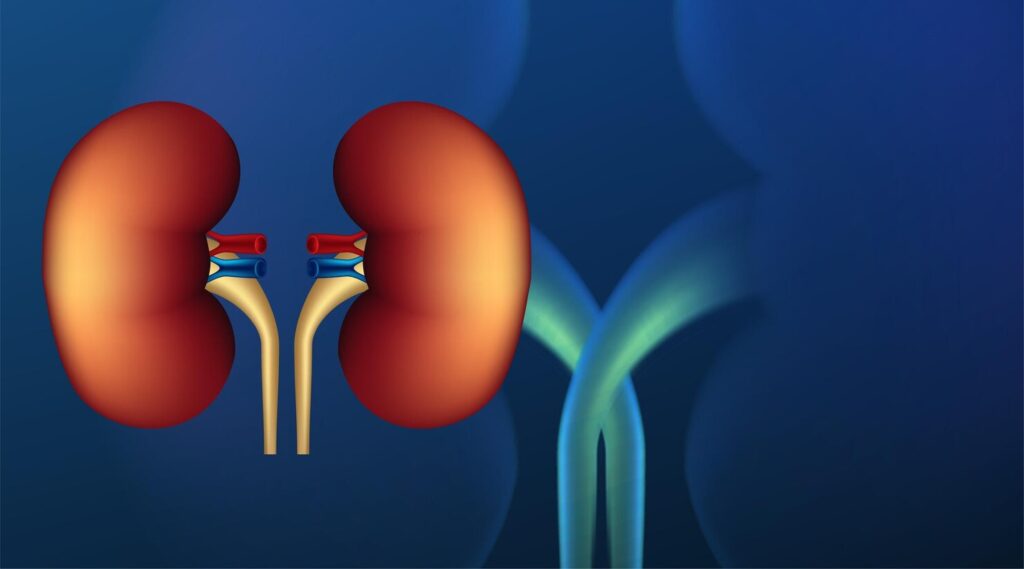Acute Kidney Injury: Recognizing the Signs

Acute Kidney Injury: Recognizing the Signs and Managing Treatment
Acute Kidney Injury (AKI), also known as acute renal failure, is a serious condition where the kidneys suddenly stop working, affecting the body’s ability to filter waste, excess fluids, and electrolytes. This condition can develop rapidly over a few hours or days, and recognizing its signs early is crucial for prompt treatment and preventing long-term complications. In this blog, we will discuss the causes, symptoms, and treatment options for Acute Kidney Injury and how to manage this potentially life-threatening condition.
Signs and Symptoms of Acute Kidney Injury
The symptoms of Acute Kidney Injury can range from mild to severe, depending on the underlying cause and the degree of kidney damage. Some common signs to watch for include:
- Decreased Urine Output: A significant reduction in the amount of urine produced, despite normal fluid intake.
- Swelling: Fluid retention in the legs, ankles, or face due to the kidneys’ inability to remove excess fluids.
- Fatigue: Feeling excessively tired or weak, often due to the buildup of waste products in the body.
- Shortness of Breath: Accumulation of fluid in the lungs can lead to difficulty breathing.
- Confusion: Electrolyte imbalances caused by AKI can result in confusion or difficulty concentrating.
- Nausea and Vomiting: A common symptom due to the accumulation of waste products in the bloodstream.
- Chest Pain or Pressure: In some cases, fluid buildup around the heart can cause discomfort or pain.
If any of these symptoms are present, it is important to seek medical attention immediately.
Causes of Acute Kidney Injury
AKI can be caused by several factors that interfere with kidney function. These causes are generally grouped into three categories:
- Prerenal Causes (Before the Kidneys)
These causes relate to a reduced blood flow to the kidneys, which can lead to AKI:- Severe dehydration
- Blood loss from surgery or injury
- Heart failure
- Low blood pressure (hypotension)
- Intrinsic Causes (Within the Kidneys)
These are conditions that directly damage the kidney tissue:- Acute glomerulonephritis (inflammation of the kidney filters)
- Acute tubular necrosis (damage to the kidney tubules, often caused by toxins or medications)
- Infections such as sepsis
- Postrenal Causes (After the Kidneys)
These causes relate to obstructions in the urinary tract that prevent urine from leaving the kidneys:- Kidney stones
- Enlarged prostate
- Tumors or blood clots blocking the urinary tract
Diagnosis of Acute Kidney Injury
Diagnosing AKI requires a combination of medical history, physical examination, and laboratory tests. The following tests are typically used to diagnose and assess the severity of AKI:
- Blood Tests
- Serum Creatinine Levels: Elevated creatinine levels in the blood indicate impaired kidney function.
- Blood Urea Nitrogen (BUN): High levels of BUN can suggest kidney dysfunction.
- Electrolyte Levels: Abnormal levels of potassium, sodium, and calcium can be indicative of kidney damage.
- Urine Tests
- A urine test (urinalysis) can detect abnormalities such as blood or protein, which are often seen in AKI.
- Urine Output Measurement: A drop in urine output over 24 hours is one of the key indicators of AKI.
- Imaging Tests
- Ultrasound: Used to detect kidney enlargement, obstructions, or cysts.
- CT Scan or MRI: In some cases, these imaging techniques may be used to evaluate kidney structures in more detail.
- Kidney Biopsy
If necessary, a kidney biopsy may be performed to obtain tissue samples and determine the cause of the kidney injury.
Treatment Options for Acute Kidney Injury
The treatment for AKI depends on its underlying cause and the severity of the condition. Prompt intervention is critical to prevent further kidney damage and restore kidney function. Some common treatment options include:
- Addressing the Underlying Cause
- Fluid Resuscitation: In cases of dehydration or blood loss, intravenous fluids are given to restore blood volume and improve kidney perfusion.
- Medications: If the AKI is due to infection, antibiotics may be prescribed. In cases of inflammation, corticosteroids or immunosuppressive drugs may be used.
- Discontinuing Harmful Medications: If AKI is caused by medications, stopping the use of the offending drug may help reverse kidney damage.
- Dialysis
In severe cases of AKI where the kidneys are unable to filter waste products, dialysis may be required. Dialysis is a medical procedure that removes waste and excess fluid from the blood when the kidneys can no longer perform this function. - Monitoring and Supportive Care
Patients with AKI will need close monitoring, especially of their electrolyte levels and urine output. Supportive care may include:- Monitoring vital signs
- Managing fluid balance
- Correcting electrolyte imbalances
- Managing blood pressure and blood sugar levels
Managing Acute Kidney Injury
While treatment is critical for addressing the acute episode, long-term kidney health is also important for preventing further damage. Some management strategies include:
- Lifestyle Modifications: Maintaining a healthy diet, staying hydrated, and avoiding excessive alcohol or salt intake can help support kidney function.
- Regular Monitoring: Those who have experienced AKI should undergo regular check-ups to monitor kidney function and detect any early signs of chronic kidney disease.
- Medication Adherence: If prescribed, medications should be taken as directed to help manage underlying conditions such as hypertension, diabetes, or infection.
Conclusion
Acute Kidney Injury is a serious medical condition that requires prompt attention and treatment. Early detection, accurate diagnosis, and appropriate management can significantly improve outcomes for patients. By recognizing the signs of AKI and seeking medical care immediately, individuals can reduce the risk of long-term kidney damage and improve their overall health. If you or someone you know is at risk for AKI, it’s important to stay vigilant and consult with a healthcare provider for the best course of action.


Leave a Reply